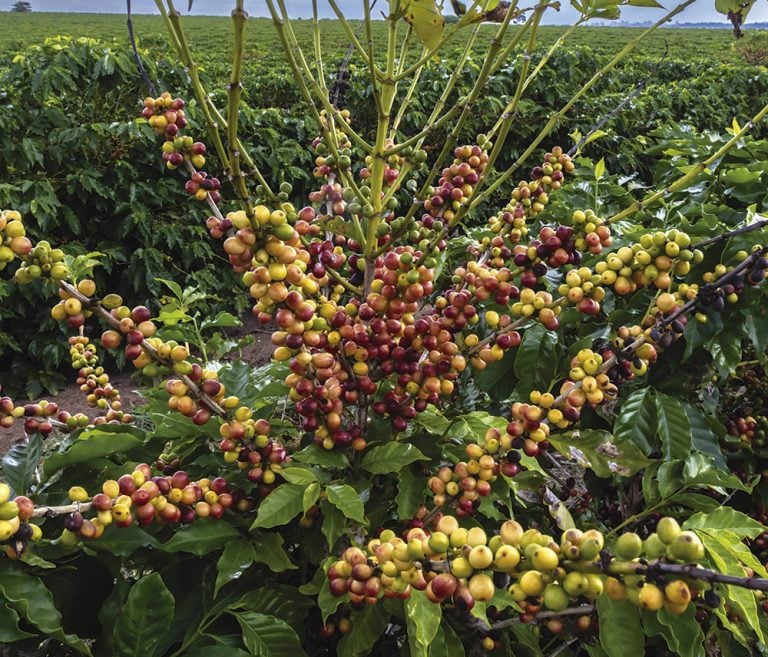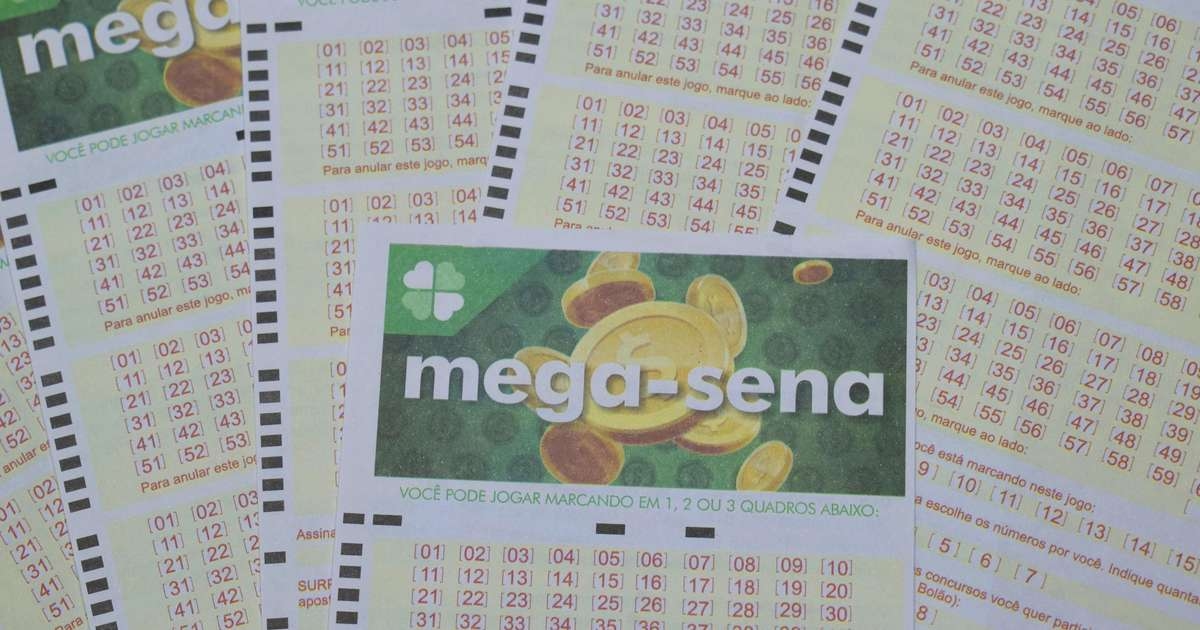More affordable picanha

A string of good news on inflation, including food prices, despite the complex domestic situation and the escalation in the United States, is the most relevant evidence of a reversal in expectations regarding price changes, according to much of the data and economists' analyses. Recent developments in the Focus Bulletin reveal a persistence of this shift. The Central Bank's weekly report, compiled based on a survey of financial system operators, projected inflation of 4.95% for 2025 on Friday the 15th. The index rose after 12 consecutive weeks of lower estimates. For 2026, Focus's inflation forecast is 4.40%. In this case, the indicator has been declining for five weeks. For 2027, the 4% estimate has been maintained for 26 weeks.
The IPCA, the main inflation indicator, rose 0.26% in July compared to the previous month, with a negative variation of 0.27% for food and beverages. Notable reductions in the price of black-eyed peas (3.57%), rice (2.89%), and meat (0.30%), with a significant impact on food prices and the electoral impact, are noteworthy. On the same day the IBGE released the IPCA data, President Lula said the public was right to be angry with the government due to the food price hikes. At a public hearing in Congress, Finance Minister Fernando Haddad stated that he expected deflation in the sector to continue in the coming months.
Data on 12-month producer prices, measured by the IPA-DI, show an even sharper slowdown than that of the IPCA. Between February and July, the 12-month variation plummeted from 10.4% to 1.9%. Among the main reasons for the decline in expectations and falling prices are the agricultural harvest and the favorable effect of the weaker dollar on domestic prices, both for agricultural products and inputs used in the sector. This year's harvest is expected to total 333.4 million tons, 13.9% above the 2024 harvest. Also noteworthy is the drop in import prices for manufactured goods manufactured in China, which have been in oversupply worldwide since the Asian country noticed the first signs of a rise in US import tariffs. Furthermore, the tariff hike imposed on Brazil has redirected domestic products, including food, previously exported to the United States to the domestic market, increasing supply and consequently reducing prices.
Some items, such as meat and beans, show deflation
The Genial/Quaest poll released on Wednesday the 20th suggests that food prices, and inflation in general, continue to weigh on voters' decisions. The gap between the 46% who approve of Lula's government and the 51% who disapprove is half that found in the July poll, when approval reached 43% and disapproval 53%. In January, approval was 47% and disapproval 49%. Also noteworthy is respondents' expectations regarding the economy's performance over the next 12 months. The share of those who believe in improvement increased from 35% to 40%, while the group who believe in a worsening fell from 43% to 40%.
The pressures between factors driving inflation up and down will remain fierce. Economist Saulo Abouchedid, a professor at Facamp, lists among the factors contributing to the price drop the exchange rate, deflation in Chinese industrialized products, tariff hikes, and the effects of restrictive monetary policy. Among the factors pushing the price increase are uncertainty regarding exchange rate fluctuations going forward and monetary policy.
The first factor driving inflationary expectations is the devaluation of the US currency, he says. The dollar has reached record lows compared to previous months, and even years. This trend of appreciation of the real contributes, in the short term, to a slowdown in prices, as much of the inflation is imported. The second factor is the deflation of industrial goods and consumer goods in general, originating from China. The third is the tariff hike, which has mainly impacted commodities. There is a downward trend in meat and coffee prices, and this is reflected in the variation of the IPCA (Consumer Consumer Price Index). Annual inflation is estimated to fall to 4.5%. "This is a considerable revision of expectations, as evidenced by Focus itself," emphasizes Abouchedid.
 In the filter. Trump's tariff hike is likely to reduce coffee prices in the short term – Image: iStockphoto
In the filter. Trump's tariff hike is likely to reduce coffee prices in the short term – Image: iStockphoto
There is an effect of restrictive, or contractionary, monetary policy, as economists call it, continues the Facamp professor. High interest rates, with a certain lag, have impacted economic activity, which is evident in the data released monthly by the IBGE on commerce, industry, and services. Accumulated data from the three sectors indicate a slowdown in growth. Activity growth persists, but at a slower pace, despite some resilience in the labor market. And the effects even reach prices.
The main risk factor for higher inflation comes, paradoxically, from the exchange rate. There's also the issue of the consequences of the tariff hike, instability related to US President Donald Trump's decisions, and global geopolitical uncertainty. This can affect both exchange rate fluctuations and commodity prices. The degree of global instability is not negligible, from the perspective of both international prices and the movement of capital and finance, and it affects countries like Brazil. "External vulnerability is high and has an impact on price levels."
Another point is monetary policy. There's an expectation that interest rates will begin to decline, the economist continues, so the market is likely to push for a modest cut in the Selic rate, precisely on the grounds of inflation. Although the academic doesn't bet on this possibility, as a reversal in inflation expectations reduces pressure from Faria Lima.
Uncertainties about the dollar's variation and global instability remain on the radar
"When I mention monetary policy, I'm not referring to the risk of inflation, but rather the difficulties of implementing an expansionary monetary policy even in scenarios like the current one, of falling prices, where there's room in economic and monetary policy to focus more on growth, not inflation," the professor emphasizes. "I don't think there's a risk to inflation, but the challenge is this: for the government to take advantage of this favorable moment to implement an expansionary monetary policy and a fiscal policy that's less defensive. It's a good time."
The effects of the tariff hike are a chapter in their own right in the discussions on inflation, both in Brazil and around the world. The drop in prices of products redirected from the US to the domestic market is likely to be temporary, several economists predict. The medium term may reveal different developments than those currently foreseeable, suggests economist Adam S. Posen, president of the Peterson Institute for International Economics, a Washington-based think tank. A former consultant to the IMF and the governments of the US, UK, and Japan, Posen assesses, in an article published on Tuesday the 19th, the possibility of unspecified Brazilian brands benefiting from the US tariff hike.
The US supply chains that the Trump administration claims to want to protect will become less reliable, inherently more expensive, less diversified in their supply sources, and subject to greater risk from US-specific shocks, Posen notes in the article, recommended by former IMF managing director and renowned economist Olivier Blanchard. "European, Asian, and even Brazilian and Turkish brands will likely gain market share at the expense of US companies, while technical standards for products like automobiles and financial services technologies will increasingly diverge from US norms. Many of these phenomena will be self-reinforcing, making them difficult to reverse even after Trump leaves the White House," the economist notes.
Published in issue no. 1376 of CartaCapital , on August 27, 2025.
This text appears in the print edition of CartaCapital under the title 'Picanha more affordable'
CartaCapital



